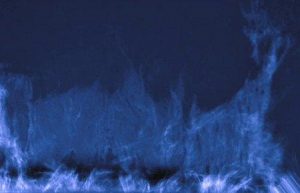Polar Crown Prominences:

An Argentina-based astronomer captured a structure that looked like a wall of plasma on the surface of the sun.
- Polar crown prominences (PCP) are similar to normal solar prominences, which are loops of plasma, or ionized gas, that is ejected from the solar surface by magnetic fields.
- They occur near the sun’s magnetic poles at latitudes between 60 and 70 degrees North and South,
- Due to the much stronger magnetic fields near the poles they collapse back towards the sun.
- This collapse back to the sun has earned them the nickname “plasma waterfalls.”
- Solar prominence is a large, bright feature extending outward from the Sun’s surface.
- These are anchored to the Sun’s surface in the photosphere, and extend outwards into the Sun’s hot outer atmosphere, called the corona.
- It forms over timescales of about a day, and stable prominences may persist in the corona for several months, looping hundreds of thousands of miles into space.
- The red-glowing looped material is plasma, a hot gas comprised of electrically charged hydrogen and helium.




